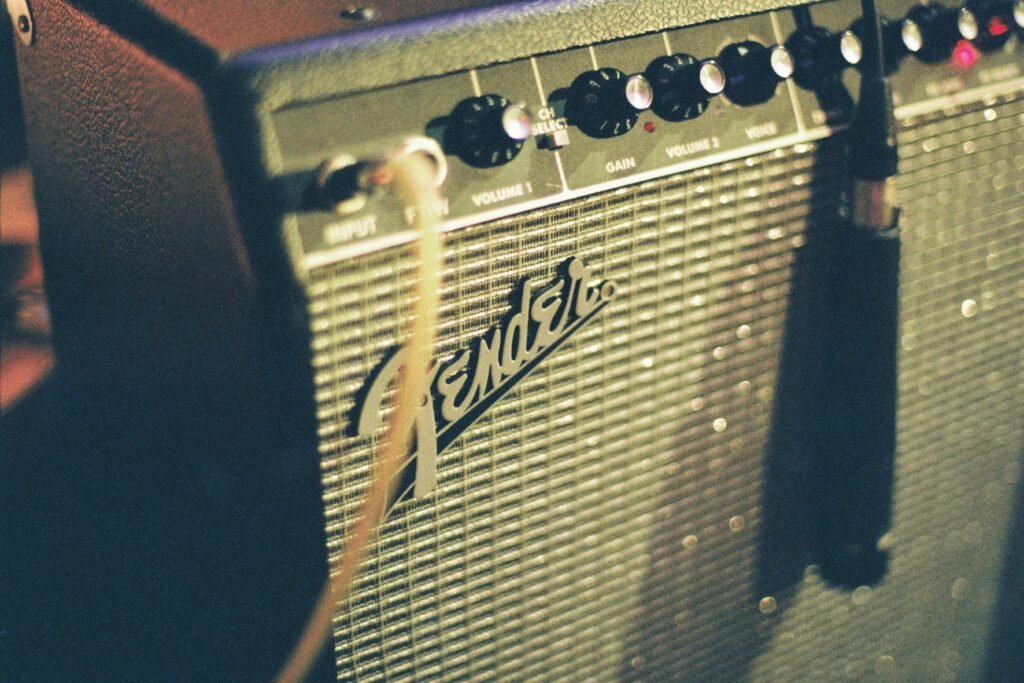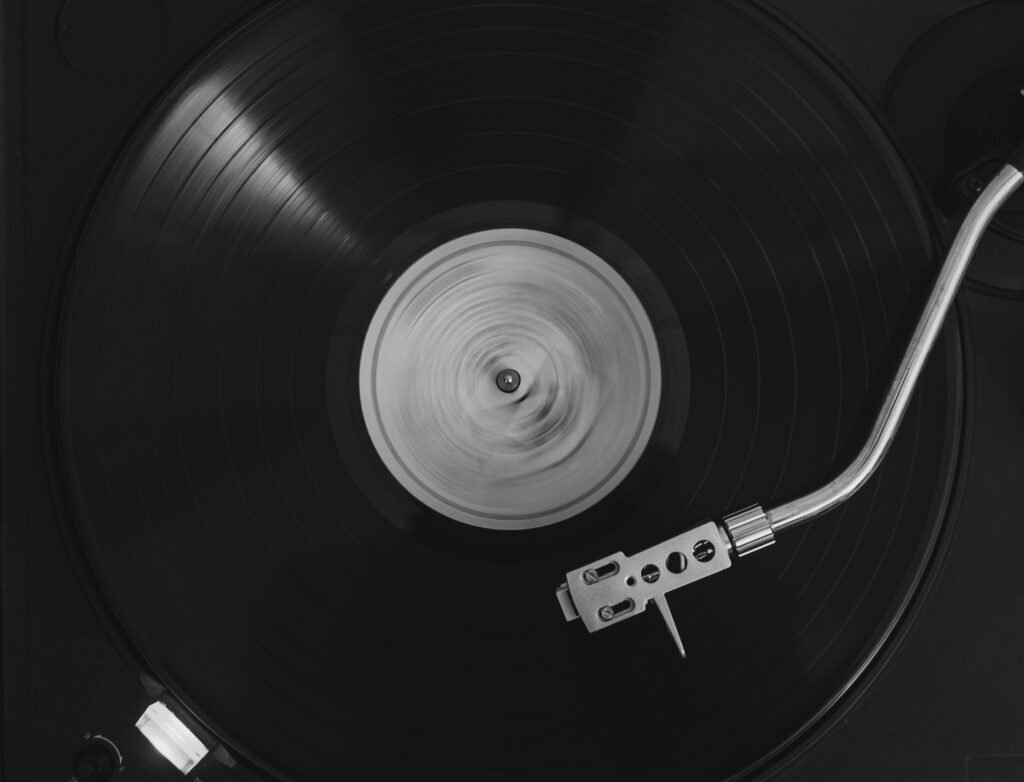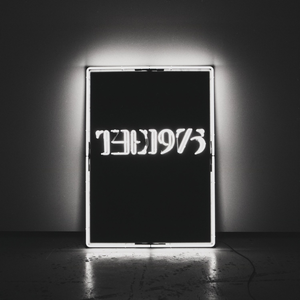When The 1975 dropped their self-titled debut album in September 2013, they made an immediate impression on the indie rock world. Building off the buzz from their early EPs—Facedown, Sex, Music for Cars, and IV—the band stepped into the spotlight with a mix of confidence and curiosity. The four-piece from Cheshire, England, didn’t play it safe. Instead, they pulled from a wide range of influences, mixing elements of ’80s pop, R&B, and ambient music to create a sound that was both fresh and nostalgic.
This album wasn’t just a collection of songs. It was a statement. Across 16 tracks, The 1975 explored themes like young love, confusion, fame, and emotional drift. The production leaned into glossy textures and moody atmospheres, showing a band eager to carve out a unique identity.
Sonic Exploration

From the first shimmering chords of “The 1975” to the closing notes of “Is There Somebody Who Can Watch You,” the album builds a world that’s as layered as it is inviting. The production, handled largely by drummer George Daniel alongside the band and producer Mike Crossey, is sleek without being sterile. Each track is finely polished, yet there’s enough breathing room to keep the emotion intact. The sound isn’t raw or lo-fi; it’s clean, immersive, and drenched in atmosphere. This production style enhances the album’s reflective tone, helping listeners sink into the haze of memory and late-night introspection the band often conjures.
The arrangements show a band confident in contrast. On tracks like “Sex” and “Chocolate,” sharp, syncopated guitar riffs cut through a wall of dreamy synths. These tracks thrive on tension—between tight rhythms and expansive melodies, between the urgency of youth and the wistfulness that follows it. Vocals are layered and often drenched in reverb, adding a distant, echoing quality that fits the album’s themes of emotional disconnect and longing. Still, Healy’s voice remains the emotional anchor—sliding between conversational delivery and aching falsetto.
Genre-wise, The 1975 refuses to be boxed in. It’s a melting pot of indie rock, synth-pop, funk, R&B, and even ambient pop. “M.O.N.E.Y.” leans into glitchy, electronic textures, while “Menswear” eases into a slow, spoken-word buildup before exploding into a smooth groove. This genre-blending feels less like experimentation for its own sake and more like a reflection of the band’s real-life listening habits. It’s an album made by a generation raised on playlists rather than radio stations. And yet, despite its eclectic nature, the album never feels disjointed. The sonic palette is wide, but the mood is cohesive—moody, romantic, and always slightly detached.
Lyrical Analysis

Lyrically, The 1975 dives headfirst into the confusion, thrill, and emotional detachment of modern youth. Matty Healy writes with the voice of someone both caught in the moment and quietly observing it from afar. The album doesn’t follow a clear storyline, but it does return to familiar ground—desire, disillusionment, intimacy, and the blurry lines between connection and escape.
One of the most noticeable themes is the push and pull between vulnerability and bravado. In “Sex,” Healy lays bare the messiness of casual relationships, hinting at deeper needs behind the surface-level swagger. “Robbers” plays like a mini-movie, full of cinematic tension and desperation, using romantic chaos as a metaphor for emotional risk. Elsewhere, songs like “Is There Somebody Who Can Watch You” touch on quiet loneliness with minimal lyrics but maximum emotional weight.
There’s also a strong thread of self-awareness running through the album. Healy often writes from a place of contradiction, openly questioning his actions and thoughts. This self-reflection gives the lyrics a poetic tension—they’re not overly abstract, but they do invite interpretation. “Menswear,” for instance, paints a vivid picture of a wedding scene while subtly commenting on societal roles and personal detachment, all in under four minutes.
Emotional Impact
The emotional impact of the lyrics comes from their honesty. Healy doesn’t shy away from showing his flaws, and that vulnerability makes even the most cryptic lines feel grounded. Whether he’s musing on addiction, lust, or emotional distance, the lyrics strike a balance between cleverness and sincerity. They’re meant to be felt before they’re fully understood—and that’s what gives them staying power. The words may be dressed in reverb and melody, but their emotional core is clear and relatable.
Cohesion and Flow

One of the most striking qualities of The 1975 is its ability to move through a wide range of sounds and moods without losing its identity. From track to track, the transitions feel intentional—even when the shifts are dramatic. The album opens with the ambient and instrumental prelude “The 1975,” setting a reflective tone before jumping into the energetic pulse of “The City.” That quick change might seem abrupt, but it reflects the emotional jump-cuts that define the entire record.
The progression of tracks mimics a night out—or maybe even a night in one’s head. There are moments of excitement, like “Chocolate” and “Girls,” where the tempo lifts and the hooks are infectious. These are countered by slower, moodier tracks like “Robbers” and “Fallingforyou,” which pull the listener into more introspective spaces. The album ebbs and flows in a way that mirrors the volatility of youth—reckless highs followed by sudden lows.
Despite its wide sonic palette, the album holds together thematically. The recurring ideas—romantic confusion, self-awareness, emotional withdrawal—are woven through every song, even as the sound shifts. That consistency gives the album a diary-like feel, where each track adds another layer to the story. Even when the band leans into funk or ambient influences, the tone remains true to the overarching mood: restless, nostalgic, and emotionally charged.
Standout Tracks and Moments
While The 1975 is strong as a whole, several tracks rise above the rest for their emotional clarity, sonic ambition, or sheer catchiness.
Robbers
“Robbers” is one of the album’s most gripping moments—a slow-burning anthem that builds toward a cathartic climax. Inspired in part by the romantic chaos of crime films, it pairs swirling guitars with a narrative of love and self-destruction. Healy’s vocals are raw, teetering between control and collapse, giving the track its dramatic weight.
Sex
Then there’s “Sex,” a song that captures the band’s knack for storytelling wrapped in a rock-pop shell. It balances bravado and vulnerability, with lyrics that are both biting and strangely tender. The sharp guitar riff and urgent tempo make it an early highlight, but it’s the emotional confusion in the lyrics that lingers.
Menswear
“Menswear” stands out for its structure alone. The track builds patiently, starting with spoken-word verses over ambient textures before slipping into a smooth, late-night groove. It feels like a turning point on the album—quieter, more introspective, and rhythmically inventive.
Heart Out
“Heart Out” deserves mention for its mix of breezy funk and emotional undercurrent. The saxophone solo near the end is a surprising touch that nods to ‘80s pop without falling into pastiche. It’s a small moment, but it opens up the track and adds depth to the album’s soundscape.
Artistic Contribution and Innovation

When The 1975 landed in 2013, it didn’t just mark the arrival of a new band—it helped shift the landscape of indie and pop-rock. At a time when many acts were either chasing retro garage aesthetics or overly polished synth-pop formulas, The 1975 carved out a new middle ground. Their debut balanced high-gloss production with a kind of emotional scruffiness that felt both fresh and authentic.
In terms of genre, the album is a shapeshifter. It plays with pop, rock, R&B, and ambient textures without feeling like a gimmick. The way it hops across styles while maintaining a consistent voice was a significant move at the time, especially for a debut. In doing so, it helped set a template for the genre-fluid approach that would define much of the next decade’s alt-pop and indie releases.
Innovation
But it’s not just the genre-blending that stands out—it’s the emotional and thematic honesty paired with accessible, radio-ready production. This contrast became something of a signature for the band and a touchpoint for artists who followed. Few albums of its era captured the complexities of young adulthood—its mix of self-awareness, anxiety, longing, and detachment—with the same mix of polish and rawness.
Another point of innovation lies in their aesthetic choices. From the minimal, monochromatic album artwork to the carefully curated music videos and social presence, The 1975 presented a cohesive visual and sonic identity. That level of branding, so often reserved for major-label pop acts, was repurposed here to serve an indie ethos. It was sleek but never empty, stylish without sacrificing substance.
Closing Thoughts

The 1975 is a debut album that aims high and often lands its mark. Its strengths lie in its rich, genre-spanning production, emotionally honest lyrics, and a cohesive mood that manages to feel both cinematic and deeply personal. It captures the essence of youthful uncertainty with an uncanny precision, pairing bright melodies with darker emotional undercurrents. The band’s ability to shift between styles—without losing their core identity—is no small feat, especially for a debut.
That said, the album’s ambition can also be its Achilles’ heel. At 16 tracks, it sometimes feels bloated. A tighter edit might have sharpened its emotional impact. Some tracks blur together, not due to lack of quality, but because the emotional tone remains so consistent that the contrast between highs and lows can get lost in the haze. There’s also a sense that the band was still finding its voice—moments of brilliance occasionally sit alongside more conventional ideas.
Still, the influence of The 1975 is hard to ignore. It helped redefine what a modern rock band could sound like in the 2010s: open-hearted, genre-fluid, and aesthetically sharp. For listeners, it offers both an emotional refuge and a stylistic playground—a space where vulnerability meets glossy production in a way that feels strangely timeless.
Official Rating: 7/10
This rating reflects a strong, memorable debut that lays the groundwork for future growth. While not perfect, the album shows vision, talent, and a willingness to take creative risks. It may not fully deliver on all its ambitions, but it points clearly toward a band unafraid to evolve—and that’s what makes it exciting even now.
